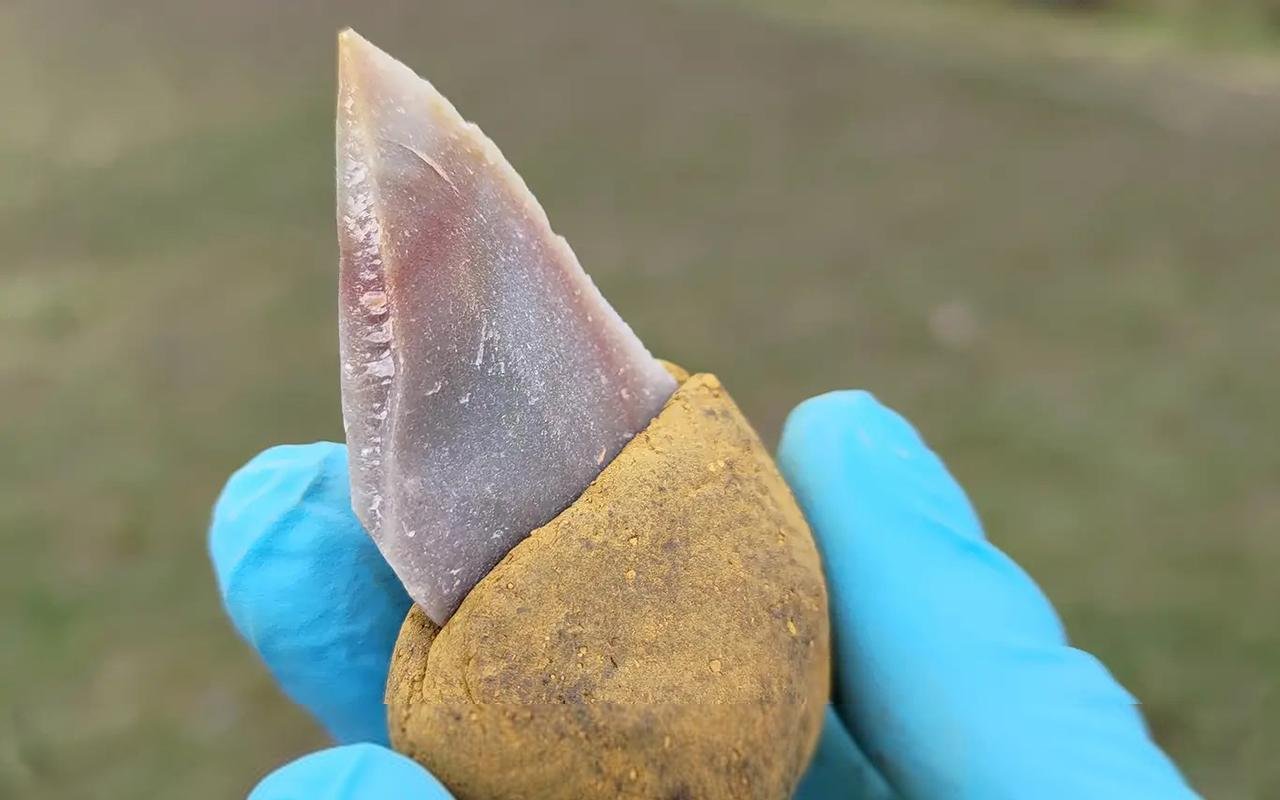Neanderthals, the ancient predecessors to modern humans, are revealing more of their intellectual prowess through a recent discovery: the use of a sophisticated multi-component adhesive to create stone tools.

This finding, detailed in a study published in Science Advances, sheds new light on the cognitive abilities and cultural development of Neanderthals, challenging previous perceptions of them as primitive beings.
The research, led by an international team including scientists from New York University, the University of Tübingen, and the National Museums in Berlin, focused on artifacts from the Le Moustier archaeological site in France, dating back between 120,000 and 40,000 years ago.
The tools, initially discovered in the early 20th century by Swiss archaeologist Otto Hauser, were re-examined in detail. The tools revealed traces of a mixture of ochre and bitumen, a naturally occurring adhesive substance. This complex adhesive, comprising more than 50 percent ochre, demonstrated an advanced level of technological sophistication.

“These astonishingly well-preserved tools showcase a technical solution broadly similar to examples of tools made by early modern humans in Africa, but the exact recipe reflects a Neanderthal ‘spin,'” explained Radu Iovita, an associate professor at New York University’s Center for the Study of Human Origins.
The significance of this discovery extends beyond the mere existence of the adhesive. Patrick Schmidt from the University of Tübingen noted, “The fact that Neanderthals made such a substance gives insight into their capabilities and their way of thinking.” The meticulous examination of these tools revealed microscopic wear patterns consistent with their use as handles, indicating the adhesive’s practical application in tool-making.
The presence of multi-component adhesives among Neanderthals suggests they were capable of complex problem-solving and technological innovation. Marie-Hélène Moncel, a research director at the French National Museum of Natural History, emphasized the importance of this finding, stating, “It’s the latest discovery to suggest that Neanderthals were smarter than their popular stereotype as knuckle-dragging brutes.”
Furthermore, the effort required to collect raw materials such as ochre and bitumen from distant locations implies advanced planning and cognitive complexity. Schmidt highlighted, “In the Le Moustier region, ochre and bitumen had to be collected from distant locations, which meant a great deal of effort, planning, and a targeted approach.”
While some debate remains about the exact dating and attribution of the tools, the prevailing view is that Neanderthals were the likely craftsmen behind these remarkable artifacts. As Dr. Schmidt concludes, “Compound adhesives are considered to be among the first expressions of the modern cognitive processes that are still active today.”
























